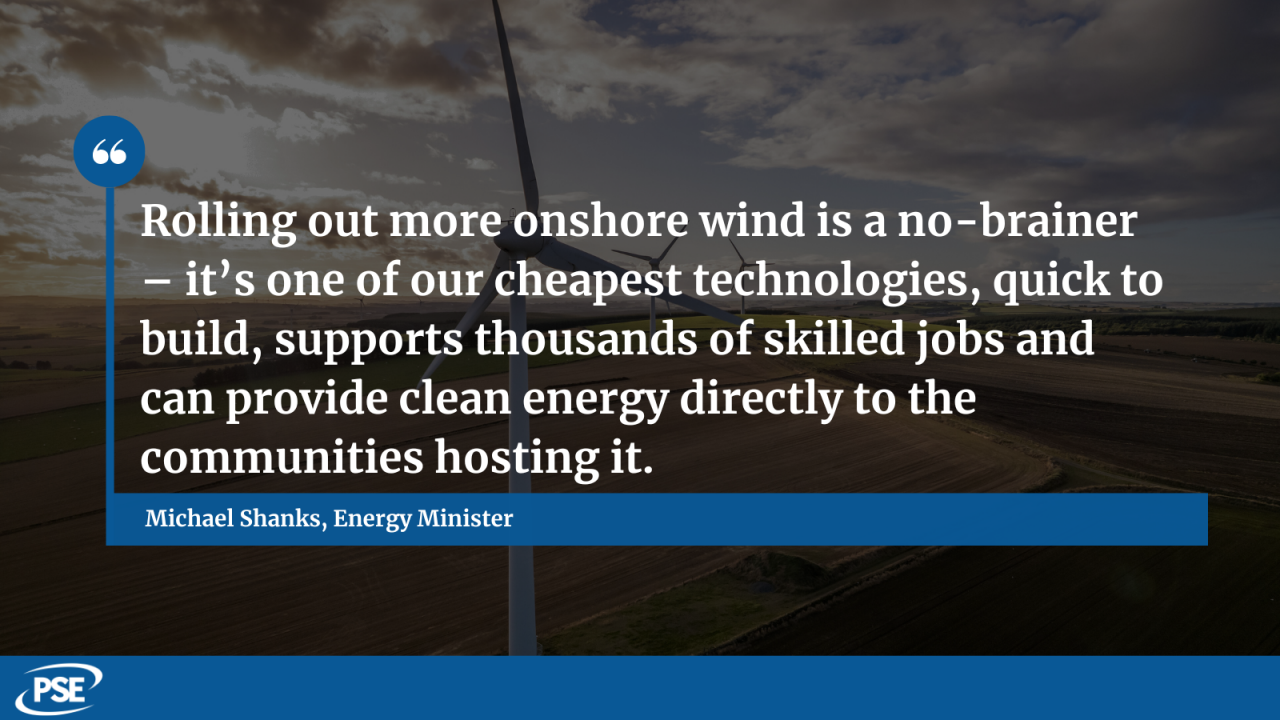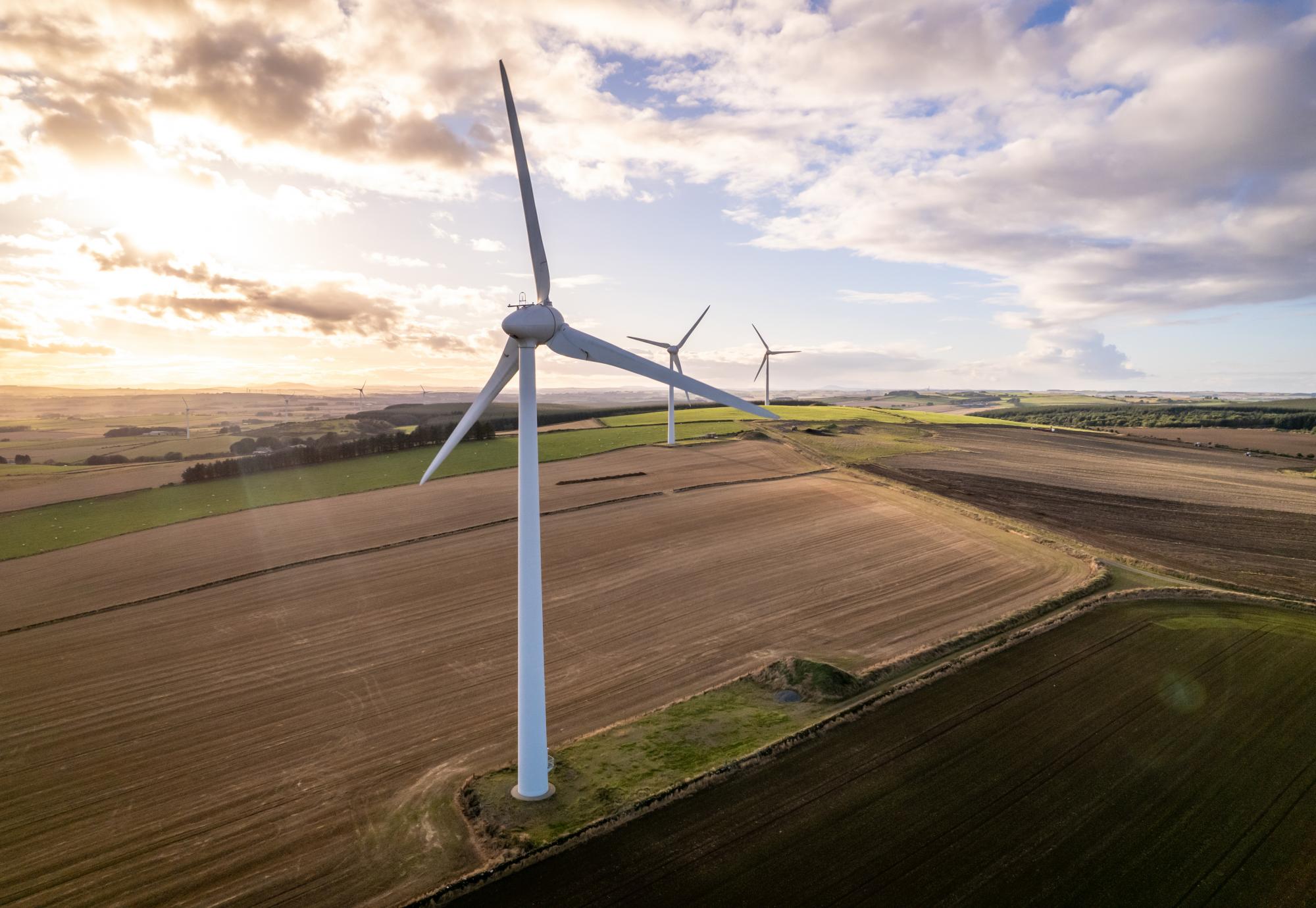The UK Government has launched its first-ever Onshore Wind Strategy, marking a major turning point in the nation’s clean energy ambitions.
After nearly a decade of limited development, the strategy outlines over 40 bold actions to reignite onshore wind deployment across the UK, aiming to deliver up to 29 GW of clean, homegrown power by 2030.
The strategy ends a de facto nine-year ban in England, unlocking the potential for thousands of new wind turbines and repowering older ones. Key measures include:
- Unlocking up to 10 GW of new capacity by resolving conflicts with aerospace and defence infrastructure.
- Repowering ageing turbines to maintain and enhance the UK’s existing wind fleet.
- Streamlining planning processes with updated data, faster assessments, and better tools for developers and local authorities.
- Expanding the Clean Industry Bonus, encouraging investment in UK-based supply chains and industrial regions.
The strategy could more than double the current onshore wind workforce, supporting up to 45,000 skilled jobs in engineering, construction, and maintenance by 2030. With over £40 billion in private clean energy investment already announced since July, the UK is positioning itself as a global leader in renewable energy.
Michael Shanks, Energy Minister, commented:
“Rolling out more onshore wind is a no-brainer – it’s one of our cheapest technologies, quick to build, supports thousands of skilled jobs and can provide clean energy directly to the communities hosting it.
“After years of decline, we’re giving industry the tools to get building again, backing industrial renewal and secure, clean, homegrown energy through our Plan for Change.”

Communities will also benefit directly. Updated guidance will offer £5,000 per megawatt per year for local initiatives, from new sports facilities to energy bill discounts. If the government hits its upper target of 29 GW, this could unlock £70 million annually for rural towns and villages.
In parallel, the government has completed a Marine Spatial Prioritisation Programme to de-risk offshore wind development. This will guide The Crown Estate’s Marine Delivery Routemap, ensuring sustainable use of the seabed while protecting marine ecosystems and supporting fisheries.
Onshore wind is one of the cheapest and fastest forms of renewable energy to deploy. By scaling up this technology, the UK aims to reduce reliance on volatile global gas markets, cut household energy bills, and secure a cleaner, more resilient energy future.
Image credit: iStock



















